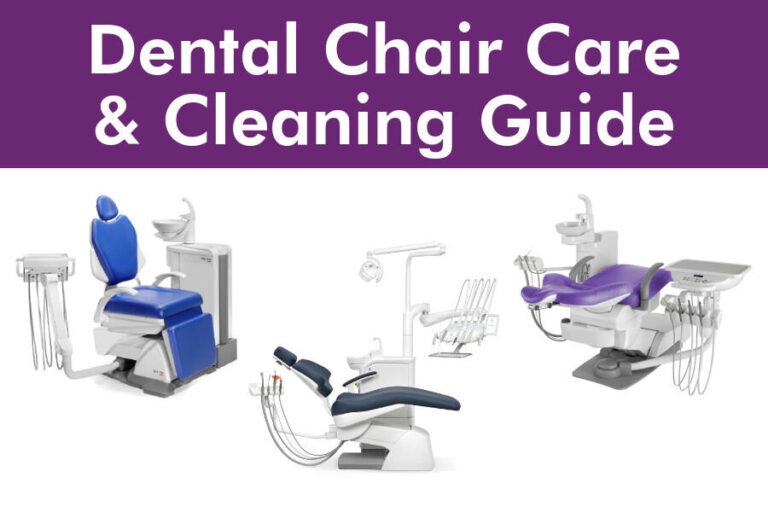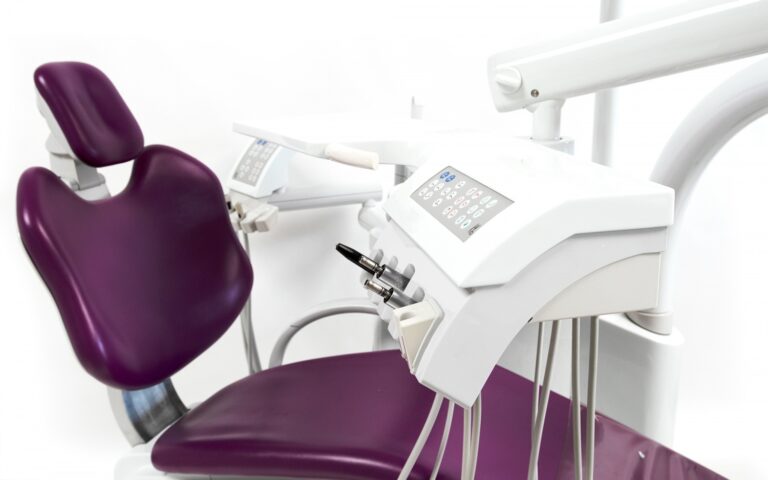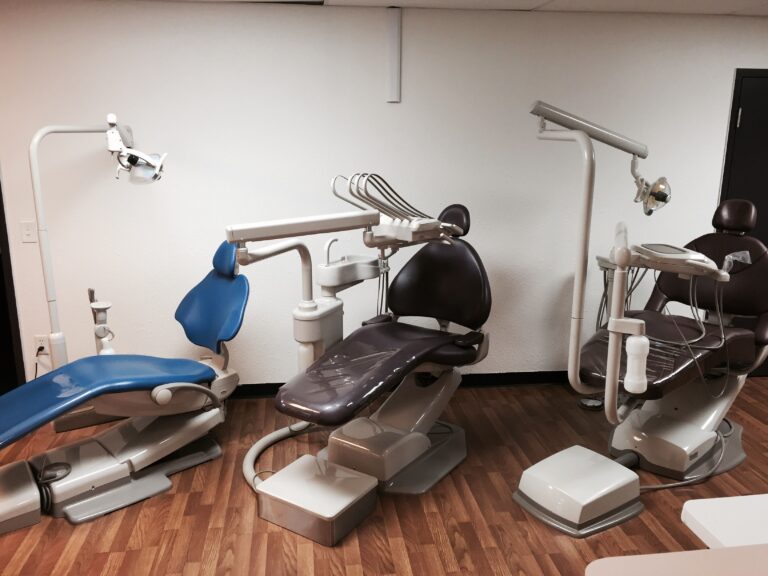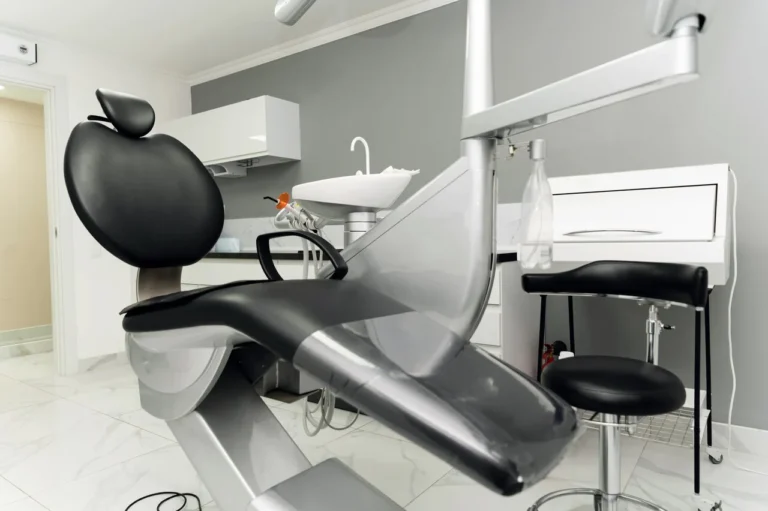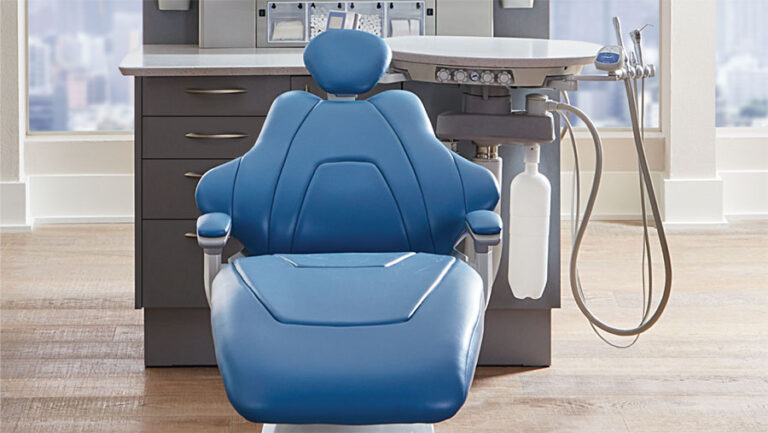Dental chairs are the centerpiece of any dental practice, serving as the primary workstation for delivering patient care. With their intricate design and advanced features, these chairs represent a significant investment. Proper maintenance is crucial to ensure their longevity, optimal performance, and the safety and comfort of both patients and dental professionals. This comprehensive guide will provide you with essential tips and best practices to extend the life of your dental chair investment.
The Importance of Dental Chair Maintenance
Neglecting regular maintenance can lead to a host of issues, including:
- Compromised Patient Safety: Malfunctioning components, such as hydraulic systems or safety switches, can put patients at risk.
- Decreased Operational Efficiency: Breakdowns and unexpected repairs can disrupt your practice’s workflow and productivity.
- Reduced Chair Lifespan: Lack of maintenance accelerates wear and tear, leading to premature replacement costs.
- Diminished Professional Image: A poorly maintained chair can negatively impact the perception of your practice’s quality of care.
By implementing a structured maintenance routine, you can mitigate these risks and protect your investment, ensuring a safe, efficient, and professional dental environment.
Daily Maintenance Routine
Establishing a daily maintenance routine is the foundation of a successful dental chair maintenance program. These tasks should be performed at the beginning and end of each workday:
- Clean Upholstery: Use a mild, dental-approved cleaning solution to wipe down the chair’s upholstery, removing any debris, stains, or spills. Avoid harsh chemicals that can damage the material.
- Flush Water Lines: Thoroughly flush the water lines to prevent the buildup of bacteria and other contaminants that can compromise patient safety and equipment functionality.
- Lubricate Handpieces: Apply a small amount of silicone lubricant to all handpiece heads to ensure smooth operation and prevent premature wear.
- Sterilize Equipment: Use an autoclave or other approved methods to sterilize the workstation and operatory equipment, maintaining a hygienic environment for patient care.
Weekly Maintenance Tasks
In addition to daily tasks, weekly maintenance checks and cleaning are essential to catch potential issues early and prevent them from escalating:
- Inspect Upholstery: Carefully examine the chair’s upholstery for any signs of wear, such as cuts, tears, or delamination. Address any issues promptly to prevent further damage.
- Check Hydraulic System: Listen for unusual noises that could indicate a problem with the hydraulic system. Address any leaks or low oil levels promptly to avoid costly repairs.
- Clean Filters and Traps: Drain and clean the suction traps and filters to prevent clogs and maintain optimal suction power for efficient debris removal during procedures.
- Lubricate O-rings: Apply silicone lubricant to the O-rings on the high-volume evacuators (HVEs) and saliva ejector valves to prevent drying and cracking, ensuring proper sealing and functionality.
Monthly Maintenance Checklist
Monthly maintenance tasks are more detailed and help ensure the chair’s long-term functionality and safety:
- Test Safety Features: Check the foot-activated safety switch and other safety features to ensure they function correctly, protecting both patients and dental professionals.
- Inspect for Leaks: Examine the base of the chair for any signs of hydraulic fluid leaks, which can lead to costly repairs if left unaddressed.
- Check Articulation: Ensure the headrest, armrests, and seat are properly articulated and stable, providing optimal patient positioning and comfort during procedures.
- Lubricate Moving Parts: Apply lubricant to the chair’s moving parts, such as hinges and levers, to prevent friction-induced damage and ensure smooth operation.
Annual Professional Servicing
While daily, weekly, and monthly maintenance tasks can be performed by your dental team, it’s essential to schedule an annual professional servicing by a qualified technician to address more complex issues:
- Comprehensive Inspection: Have a technician inspect the electrical components, hydraulic systems, and mechanical parts for any signs of wear or damage that may require repair or replacement.
- Professional Servicing: Schedule a professional servicing to perform detailed maintenance tasks that require specialized knowledge and tools, such as calibrating sensors or replacing worn components.
- X-ray Compliance Test: If your dental chair is equipped with an x-ray unit, book an x-ray compliance test to ensure all equipment meets regulatory standards and provides accurate and safe imaging.
Troubleshooting Common Issues
Despite regular maintenance, dental chairs can encounter issues. Here are some common problems and their solutions:
- Electrical Issues: Check the power supply, fuse, and wiring for any faults. Replace damaged components as needed to restore proper electrical functionality.
- Hydraulic System Failure: Inspect for leaks and air bubbles in the hydraulic system. Bleed the system and ensure fluid levels are adequate to maintain smooth chair movement and positioning.
- Mechanical Obstructions: Remove any debris or foreign objects that may be hindering the chair’s movement, such as trapped wires or loose screws.
- Sensor Malfunction: Calibrate or replace malfunctioning sensors according to the manufacturer’s guidelines to ensure accurate chair positioning and functionality.
Conclusion
Regular maintenance of your dental chair is crucial for ensuring its longevity, optimal performance, and the safety and comfort of your patients and staff. By following a structured maintenance schedule and addressing issues promptly, you can provide the highest quality care while protecting your investment. Remember, a well-maintained dental chair not only enhances patient comfort but also reflects the professionalism and quality of your practice.
For more comprehensive guidance and expert tips, explore our dental chair maintenance guide, which covers advanced techniques, recommended products, and industry best practices.

